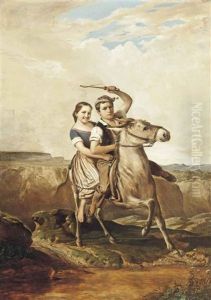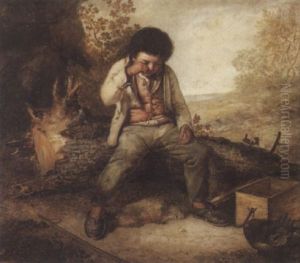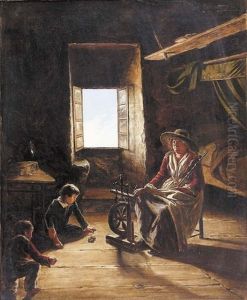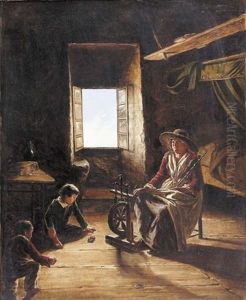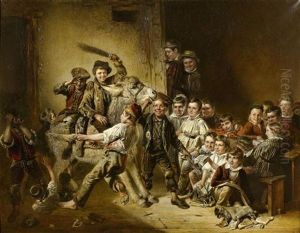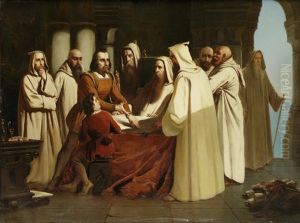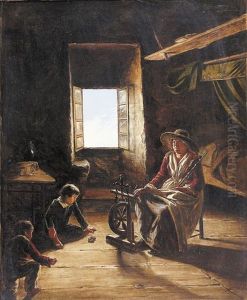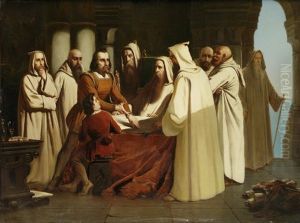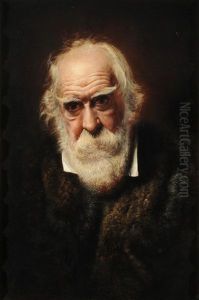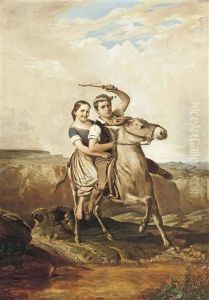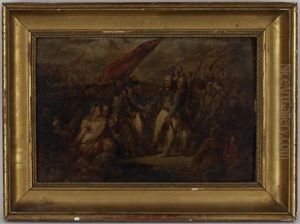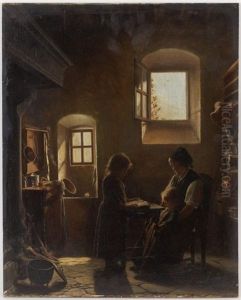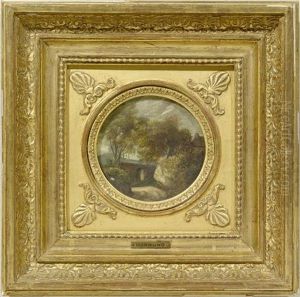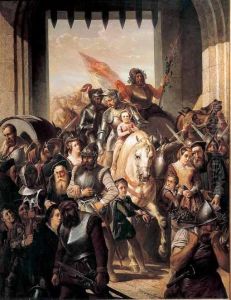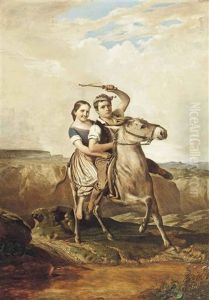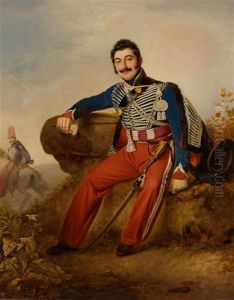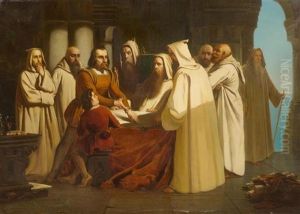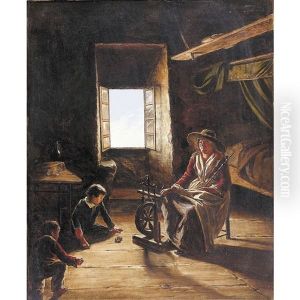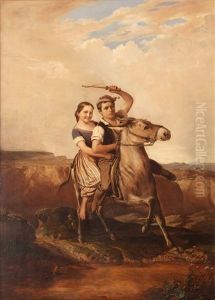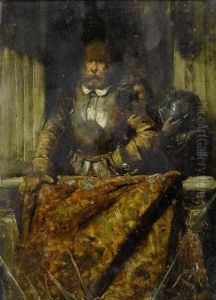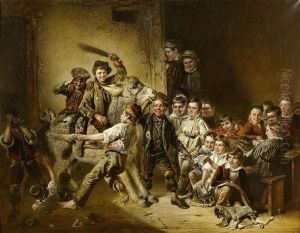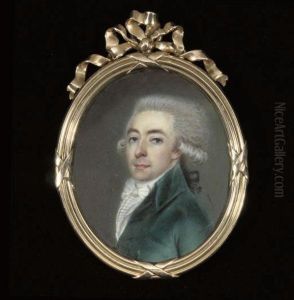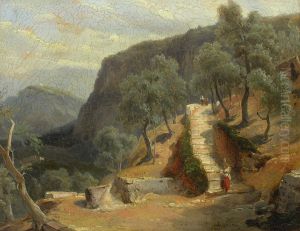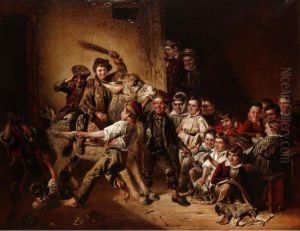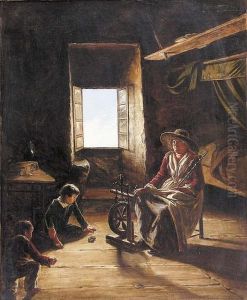Joseph Hornung Paintings
Joseph Hornung was a Swiss painter and printmaker, born in 1792, who made significant contributions to the European art scene during the 19th century. His work spanned various subjects, including landscapes, portraits, and historical scenes, reflecting the diverse interests and the versatility of artists during this period. Hornung's artistic journey was marked by a deep engagement with the natural world and a keen eye for capturing the essence of his subjects, which made his work resonate with audiences of his time.
Throughout his career, Hornung developed a distinctive style that combined meticulous detail with a romantic sensibility, capturing the sublime beauty of the Swiss landscape and the intricacies of human expressions. His landscapes, in particular, were celebrated for their realism and ability to convey the mood and atmosphere of the depicted scenes. This was a time when the romantic movement was at its peak, and Hornung's works exemplified the movement's emphasis on emotion and nature.
Hornung's contributions to art were not limited to his paintings; he was also involved in the printmaking world, where he excelled in etching and lithography. This allowed his works to reach a wider audience and contributed to the spread of his reputation across Europe. Despite the acclaim, detailed records of his life and work are scarce, and much of what is known about him has been pieced together from the works he left behind and contemporary accounts.
He passed away in 1870, leaving behind a legacy that, while not as widely recognized as some of his contemporaries, remains significant for scholars and enthusiasts of 19th-century European art. Joseph Hornung's contributions to the art world continue to be appreciated for their beauty, technical skill, and emotional depth, ensuring his place in the annals of art history.
